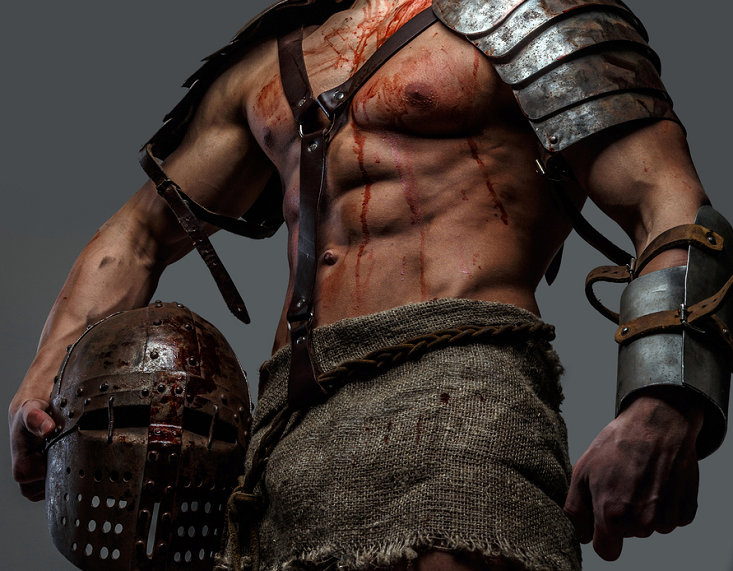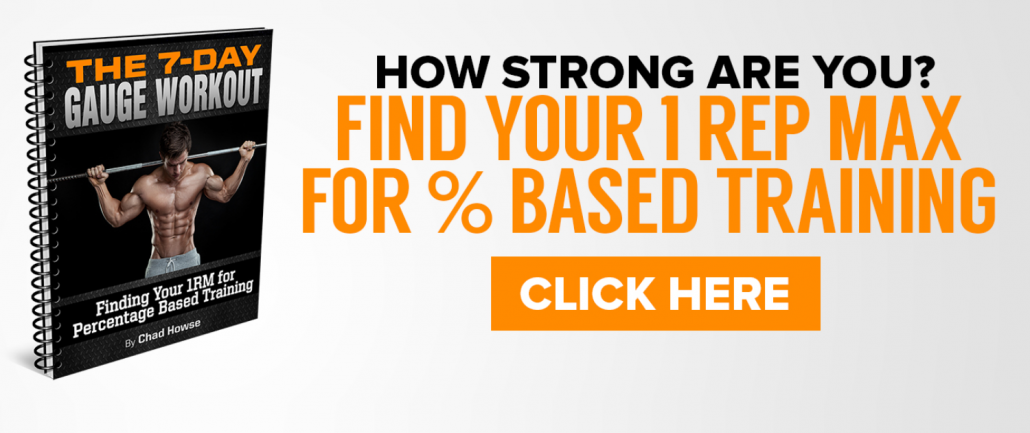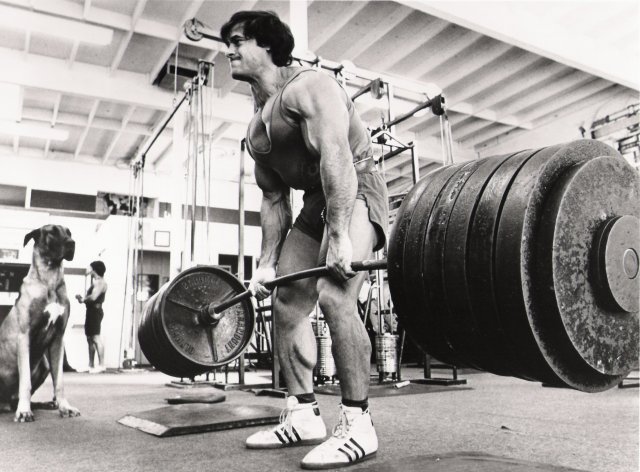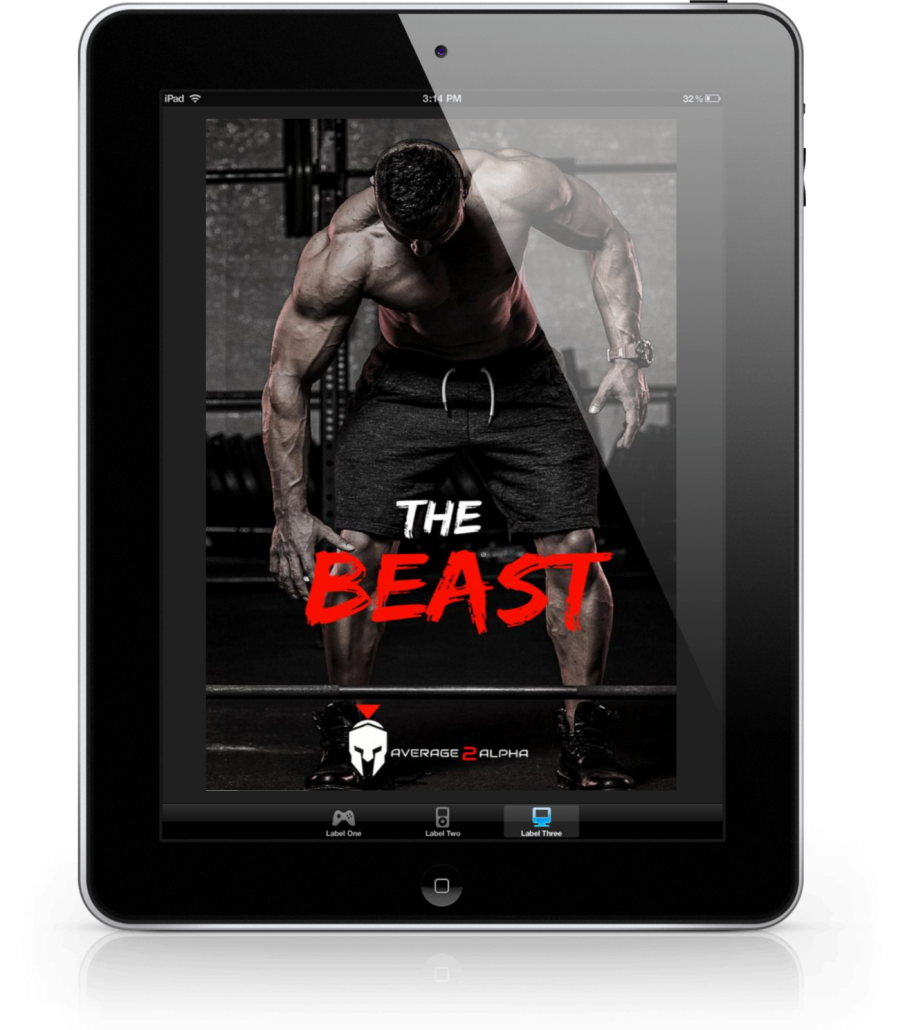Getting stronger is fun.
Banging heavy weights around, chasing self improvement is one of the few things in this world that connects us to to our primal manhood. Not in a self inflated, egotistic way. But a wya in which we can work with our hands to creating a better version of ourselves.
This can mean becoming a better father, son, boss, etc.
As great as getting stronger is, Dealing with cranky shoulders, elbows, knees and a sore back is not.
Too often we think of getting stronger and building muscle as a trade off. To look like our heroes in the marvel movies, we have to trade it for nagging joint pain and a lifetime relationship with extra strength advil.
The amount of times I hear people say they think it’s normal to have lower back pain and soreness after EVERY deadlift is too high.
SPOILER ALERT: You shouldn’t.
Turns out, you can get stronger, look better, all without the joints of an arthritic 90 year old.
In fact, getting stronger and building muscle can and should improve your joint health. Making you feel younger, enjoy playing with your kids, and even your wife after the kids go to bed.
Feeling THIS good is too important to not talk about. It’s time to share 3 essential keys to making sure you get stronger, fitter WITHOUT joint issues.
KEY 1: AUDIT YOUR TECHNIQUE
Everything else in the gym doesn’t matter if you don’t have great technique. You can do all the mobilization drills you want, rolling around on an oversized dog toy for hours, but if you have bad technique on your squats or deadlifts, NOTHING else will matter.
You need to make sure you move well without adding anything else on top of that.
Do you have requisite ability to lift your arms above your head? If not, you won’t have the technique you need for good overhead pressing. This can lead to shoulder and lower back problems.
Do you keep your entire foot on the ground when squat? If not, you could end up with some serious knee issues or hip pain.
If you aren’t constantly improving on your technique, you have a much higher chance of continuing to have nagging joint pain.
If you’re serious about muscle while sparing your joints, take care of your technique. Spend time watching videos of yourself. Hire a coach who really knows what they’re doing, anything to make sure you don’t mess up the foundation of pain free strength.
While lifting weights isn’t rocket science, it’s important to master the important pieces before it’s too late.
KEY 2: BE ON A GREAT PROGRAM.
If you follow a program (which you should) are you prioritizing EVERYTHING?
Meaning, do you train your entire body?
Legs included guys.
OR are you just training back and bi’s, chest and tri’s a couple times a week, a dedicated arms day, and maybe a little bit of squats?
If you are having some nagging pain you need to look at how the program you’re following is structured.
If you’re battling with joint problems, ask yourself these questions:
- Are you training your hamstrings and posterior chain as much as you are squatting? Not just with as much weight, but total volume?
- Are you Pulling (Rows, Chin-ups, rear delt flys) as much as you’re pressing? If not, this could be wreaking havoc on your elbows and shoulders.
- Are you horizontal pulling (Rows) more than you’re vertical pulling (chin-ups/pull-ups)? If you aren’t, or it’s less than your vertical pulls, you might start to develop some pain in the front of your shoulder, since the lats downwardly rotate your humerus/shoulder joint.
- Are you ACTUALLY doing core work? Not crunches, but things like ab rollouts, farmer/front rack carries, planks? If not, your back will be giving you all sorts of issues.
Those things programming wise will help you determine whether or not you’re nagging issues are due to your program. If your program is actually worse than hot garbage, you might want to hop on this program here and get in the BEST shape of your life.
KEY 3: DO MORE SINGLE LIMB EXERCISES.
Single Limb or unilateral exercises like lunges, kettlebell presses, single arm dumbbell rows/presses are often thrown to the wayside in favour of bilateral exercises like squats, conventional deadlifts, cleans and bench press.
If you care about joint health AND how much muscle you have, you’re going to need to do unilateral exercises.
If you only stick to bilateral exercises, you’re going to always favor one side over the other. You’re going to rely on your dominant side to help compensate for your weaker side.
You ever have one of those bench press workouts when your right side could lift the weight, but your left side couldn’t? That’s the dominance I’m talking about.
Your Unilateral work will help fix this and create as much balance as you need in your body. Plus, when you come back to your favourite bilateral exercise you’ll see a huge benefit from doing all the unilateral work.

You shouldn’t have to pop an advil, and wash it down with monster to get through a pain free workout. By following these super simple guidelines, you’ll be back to pain free PR’s in no time at all.


